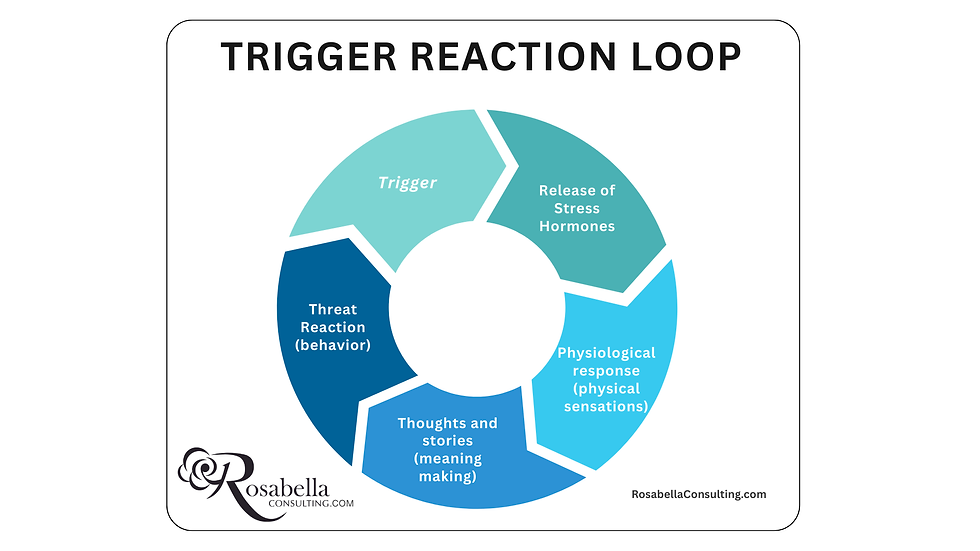The Truth about Transitions
- Ariana Friedlander

- Aug 23, 2023
- 3 min read
School has started in my neck of the woods, which means we are in the midst of a transition.

One of the things I appreciate about my kid's school is the way they handle transitioning into a new school year. They don't just jump right into heavy academics. Instead, they focus on creating conditions for the class to succeed individually and collectively. They engage in community building and norm setting practices. They establish expectations and routines. And they document the baseline for each student.
Their approach is cohesive, thoughtful and takes into account the truth about transitions.
People often fall into the trap of telling themselves that things will be smoother once they achieve a sought after change.
"I'll be ready once I get the new job."
"We just need to move into our new house and then we'll tackle that problem."
"I just need to get this challenging project off my plate, then I'll hit the ground running."
"We just need to launch this new program, then we can take a break."
But the reality is, navigating such change isn't like flipping a switch. There's a period of adjustment and adaptation required when engaging in transitions. And wise leaders account for that personally and with their people.
One of my clients has learned that transitioning to a new software program is more involved than managing the integrations on the backend. There's much more to an effective transition than just getting the new program up and running. There's the human side.
And in order for the new tech to fulfill their needs, it's essential to support the people using it in making a successful transition. So he accounts for a higher volume of tickets after the launch of a new program. He expects that people will need tutorials and support. He's ready for the inevitable resistance or glitch.
In a way, hitting go live on a new program is the easy part. It's all of the unexpected challenges that occur afterwards that make the transition extra hard. This was the time when people were getting extra demoralized, drained and discouraged. In addition to having a bigger volume of work, he was investing a lot of time and energy dealing with the fallout of their frustrations.
That was, until he realized he had to account for the transitional period between going live and widespread adoption. Once he was prepared, his team had the bandwidth to sustain their efforts to see the transition through.
That's why wholehearted leaders set clear expectations with their people during transitions. They don't want people to burnout during the, often messier, push to finish. They want everyone to know that adapting and adjusting to change takes time.
The messy middle part isn't a sign of failure or a deeper problem. It is an inevitable part of navigating a transition because inherently, transitions come with uncertainty. And people need to have the capacity to deal with the uncertainty in a productive way. They need to be resourced and supported through the transition.
As a parent, I know that school starting is a transitional time. We are all acclimating to the changing schedule and routines. And there's an emotional component we need to address as well. The nerves about being in a new classroom and the uncertainty about what school will be like this year are very real.
I could tell myself that since school has started I should be functioning at a radically higher level of productivity immediately. But giving myself and my family the bandwidth necessary to adjust saves us time, energy and heartache in the long run. Give us a few more weeks and we'll be in the rhythm. But for now, I'm ok with this transition feeling a little disorienting, in fact, I planned for an adjustment period. What about you?




Comments